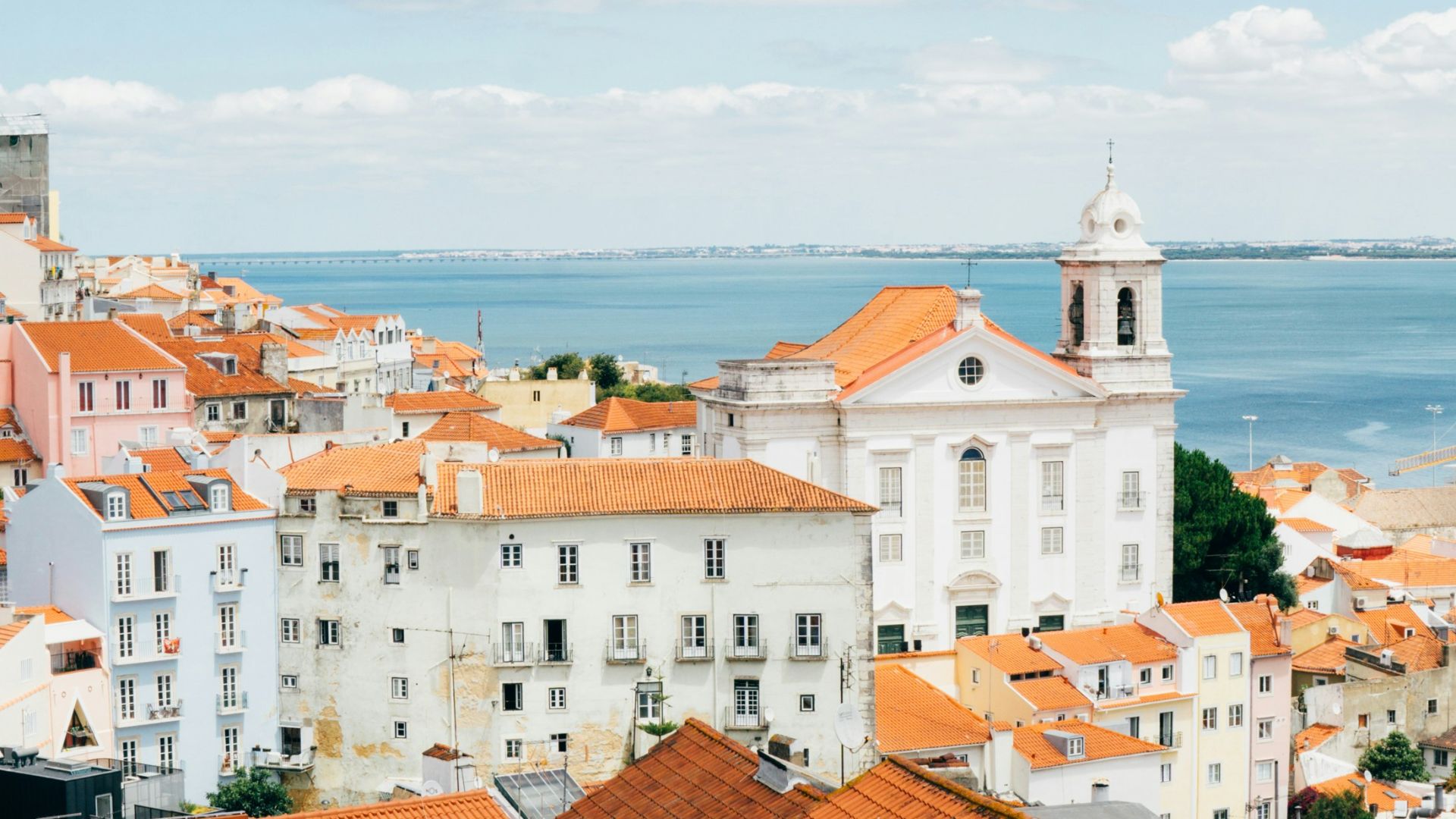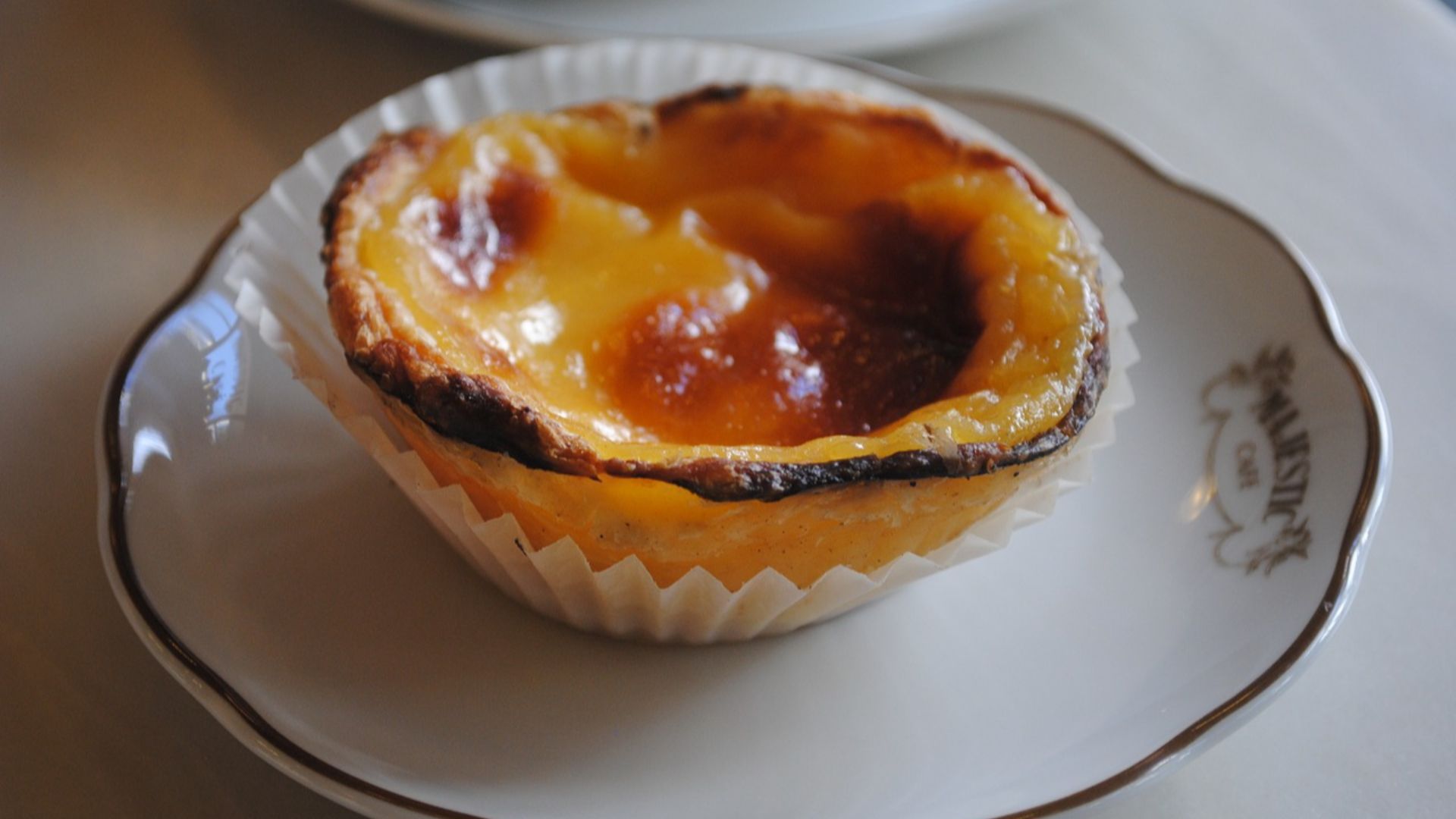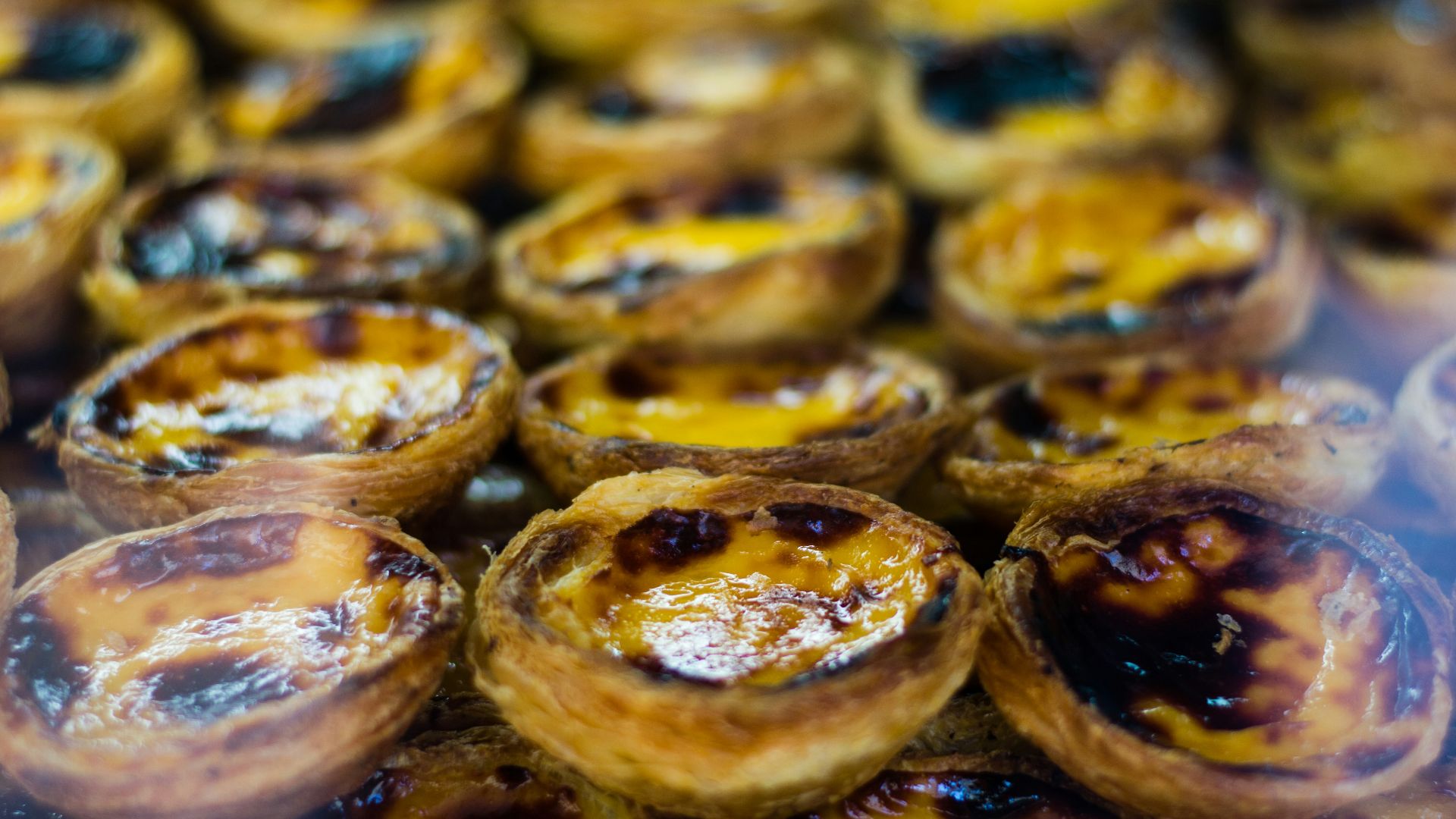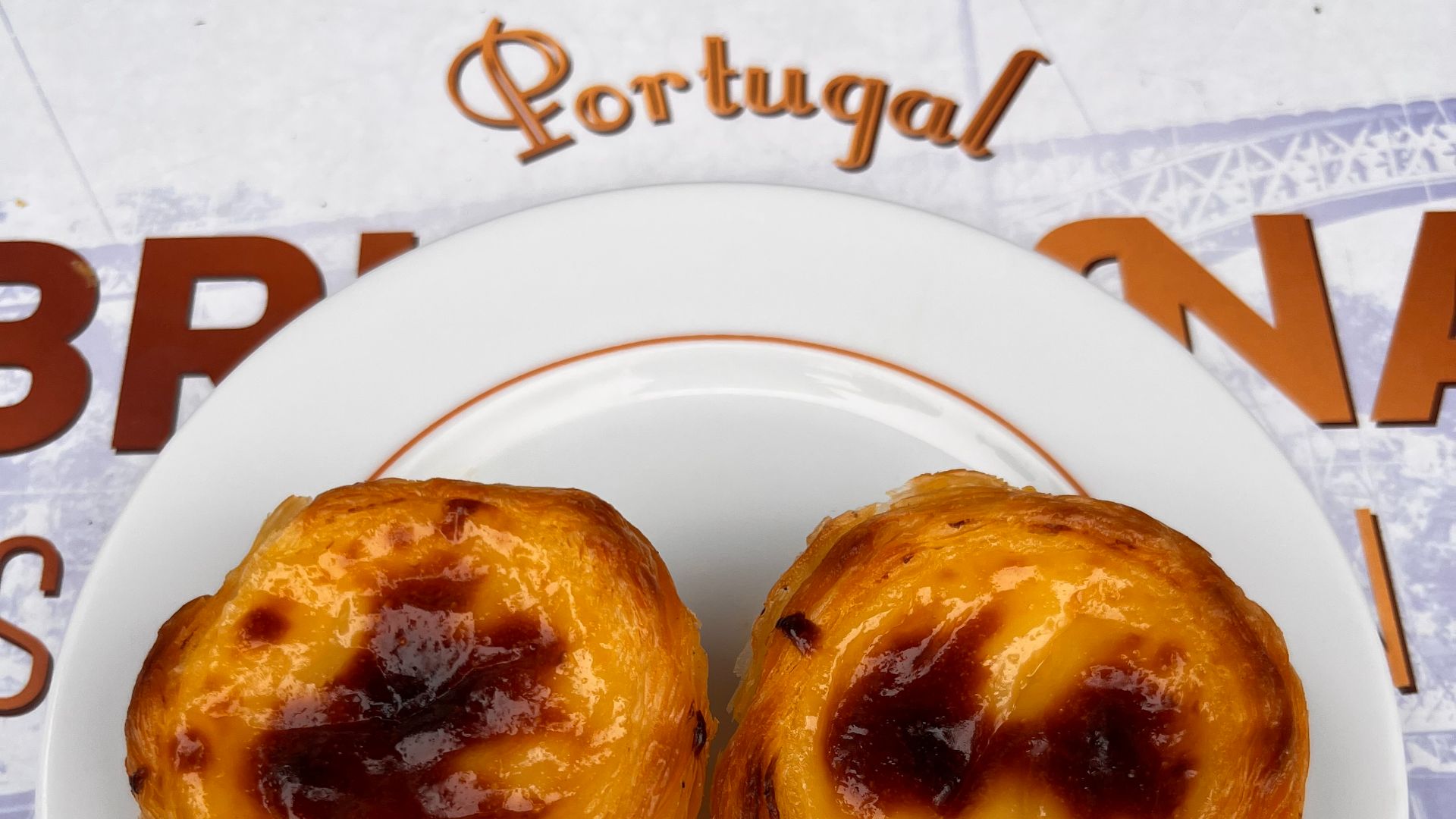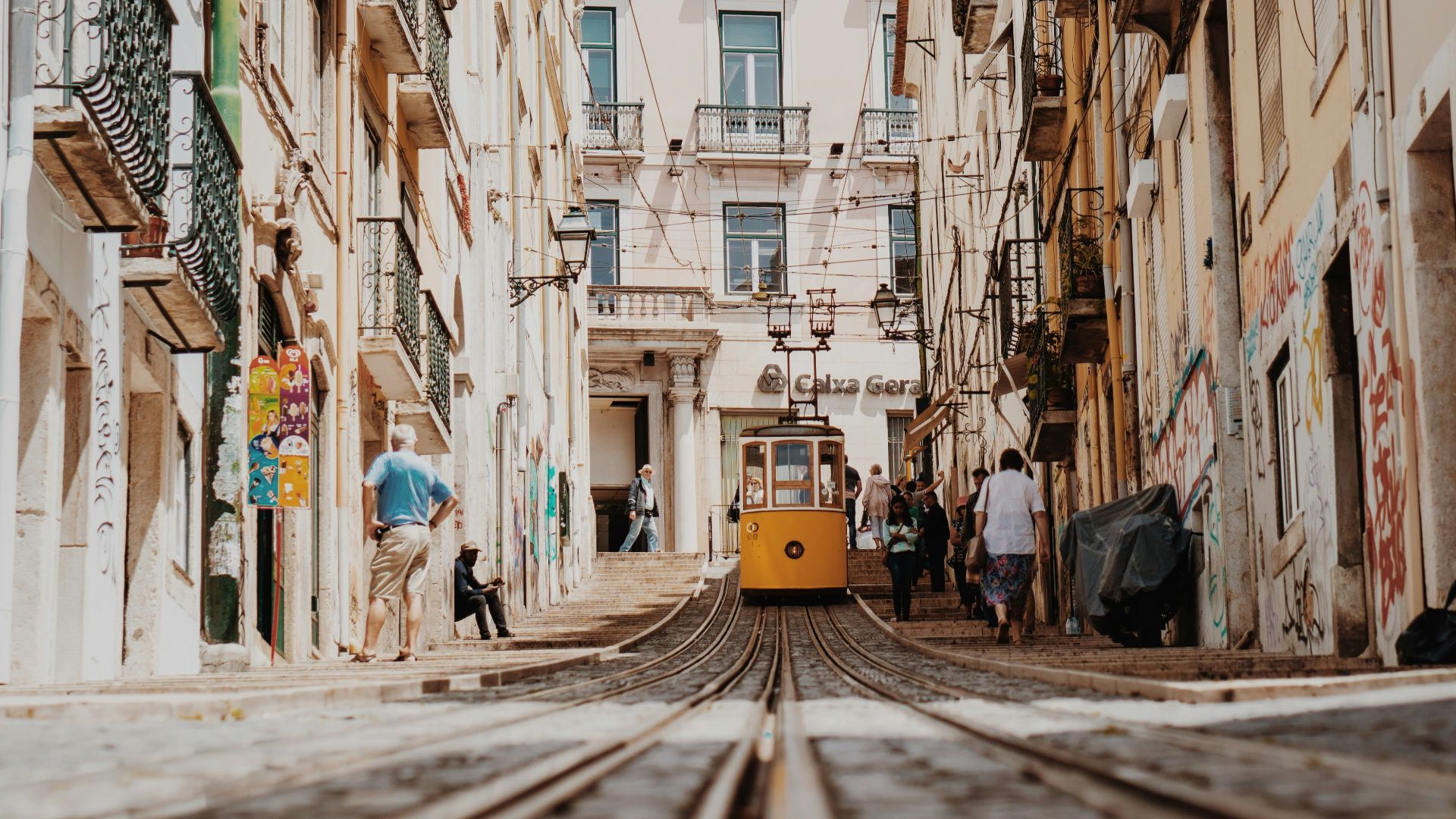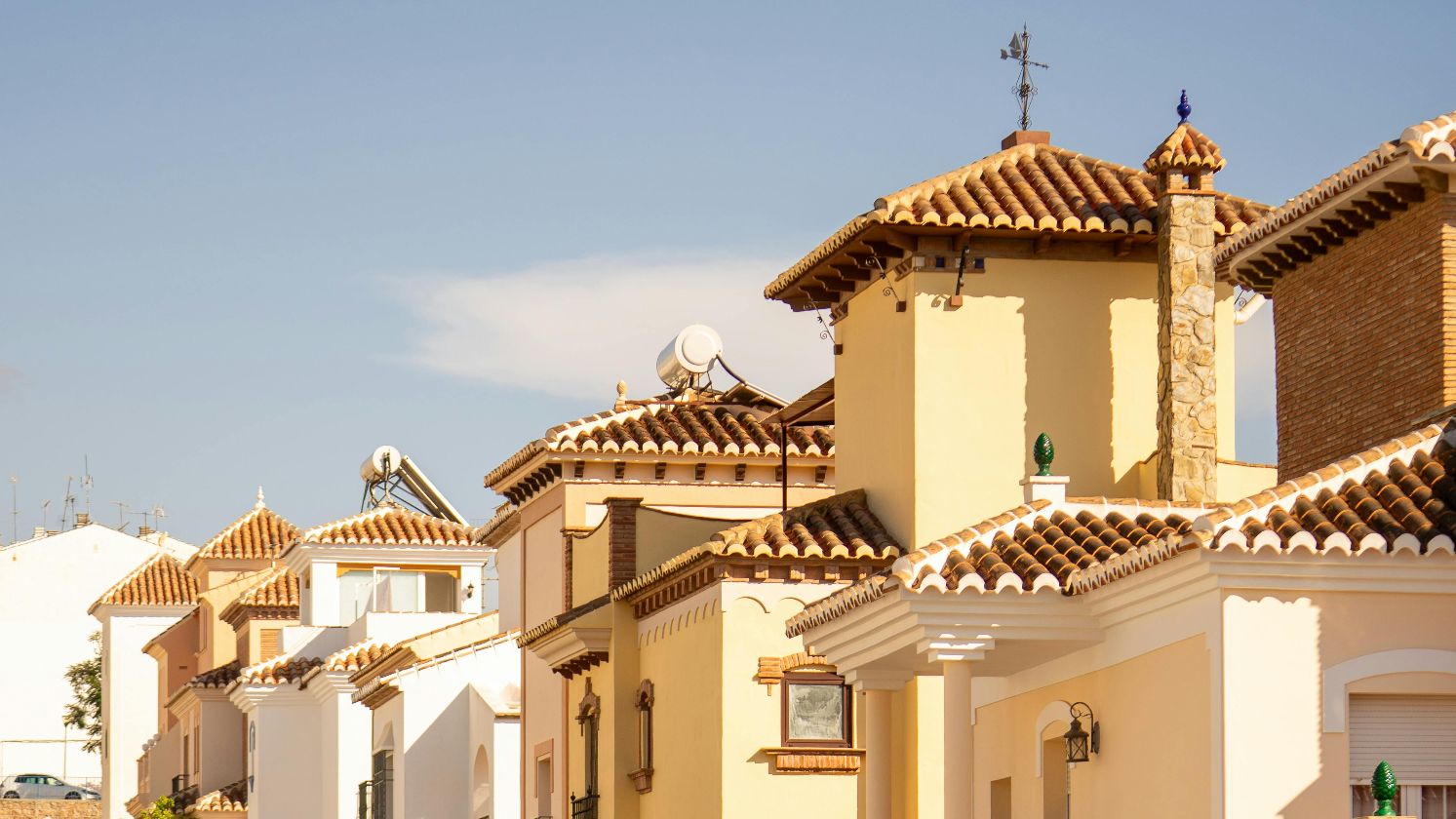When traveling, we are always happy to taste-test regional specialties. If anything, we consider it our responsibility; a burden we must bear. On a recent trip to Portugal, we tried pastel de nata, a crusty, creamy pastry known worldwide as an iconic regional specialty. Each tiny bite-sized flaky crust is filled with sweet custard and is traditionally dusted with cinnamon or powdered sugar.
The Origins of the Pastel de Nata
Monks in Belém, right outside Lisbon, created pastel (plural: pastéis de nata) in the early 1800s. After washing their clothes and starching them with egg whites, the monks found an efficient use for the leftover egg yolks: creating the pie’s decadent filling. Following the Liberal Revolution in Portugal, monasteries were closed in 1834 throughout the country, including the Jerónimos Monastery where the pastéis de nata were made. The monks sold the pastel de nata recipe to a local sugar refinery and by 1837, the pastries were being sold to the public following a decades-long secret recipe.
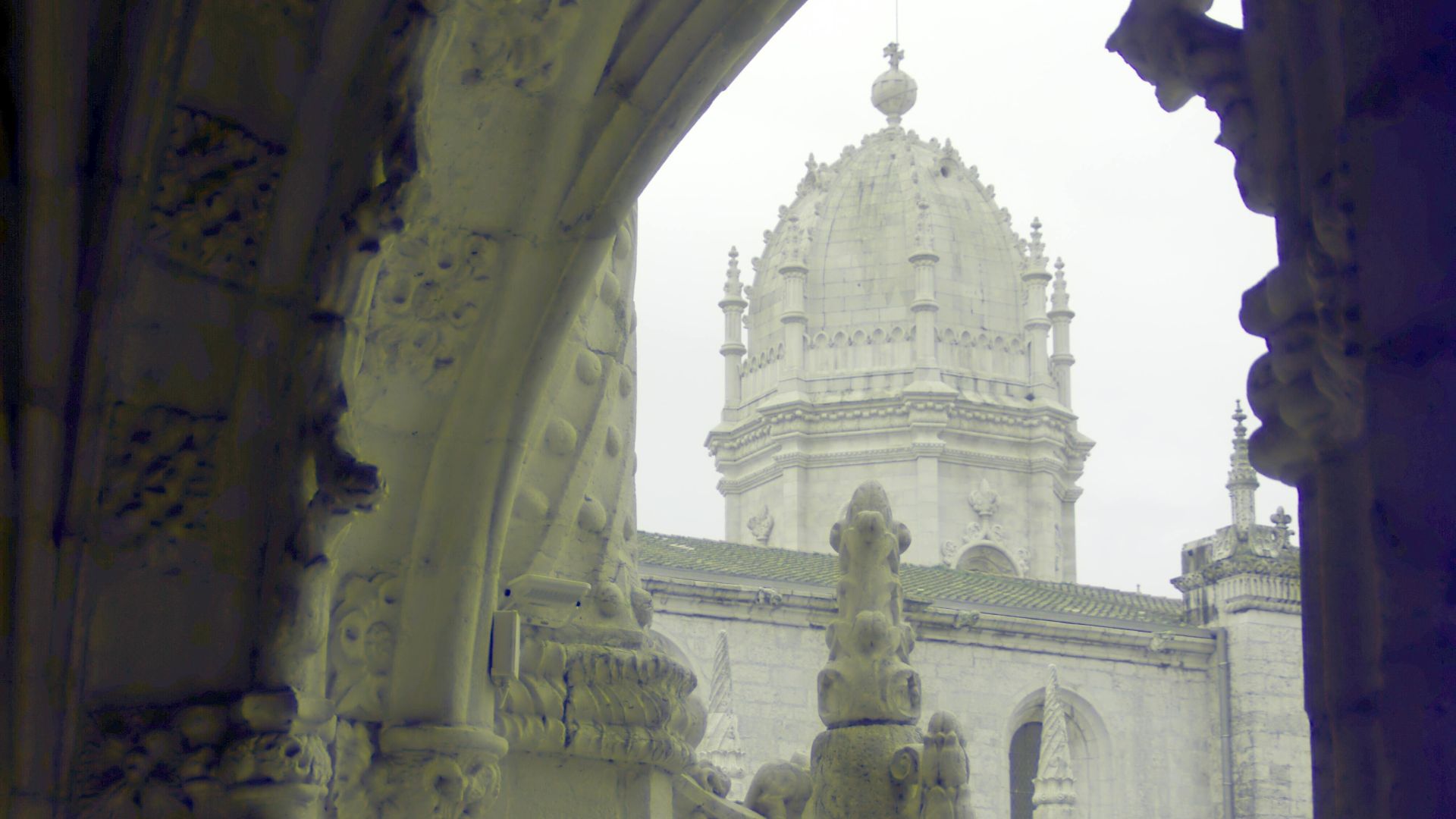 Jose Manuel Espigares Garcia on Pexels
Jose Manuel Espigares Garcia on Pexels
Popularity of the Pastel de Nata
Pastéis de nata represents Portugal’s cherished cultural traditions and heritage. Locals typically enjoy these pastries for breakfast with strong coffee (a bica), as a decadent dessert, or during family gatherings and holidays. Daily, more than 20,000 pastéis de nata are sold using the ancient recipe at the original Pastéis de Belém. There is even an International Day of Pastel de Nata on January 17.
Ingredients: Pastel de Nata
The crust of a pastel de nata is made with puff pastry, giving it a crunchy, flaky, and buttery texture. The custard is a mix of egg yolks, sugar, milk, cream, and a bit of vanilla or cinnamon. Baked at a high temperature of about 290°C or 550°F, the top will caramelize and blister. Although the famous Jerónimos monks’ recipe remains a secret, many recipe variations can be found online.
Recipe: Pastel de Nata
Mix 1 ⅓ cups of granulated sugar, ⅓ cup of water, 1 tsp vanilla extract, peel of one full lemon, and a cinnamon stick and bring to a boil. In another saucepan, whisk 1 ½ cup of milk, ⅓ cup of flour, and ¼ tsp of salt. Once the milk mixture cools down, whisk in 6 large egg yolks and slowly add the sugar syrup. Mix well. Place one piece of puff pastry into each well of a 12-piece muffin tin. Fill each cup about ¾ full before baking for 10-12 minutes.
Where to Enjoy a Pastel de Nata in Lisbon
If you’re visiting Lisbon and have time in your travel plans for a quick drive or trip via public transportation, a visit to the original Pastéis de Belém where the monks’ secret recipe is still used is well worth it! The trip is about 30 minutes from downtown Lisbon either by car or train. Besides that, in Portugal’s capital, enjoy the sweet treats at Confeitaria Nacional, a traditional bakery that dates back to 1829; at Manteigaria, a bakery with eight different outlets throughout the city; or at Fábrica de Nata, a bakery boasting one of the sweetest versions of a pastel de nata and serving up pastel de nata-flavored ice cream. Bom appetite!


